15 Moths So Weird You’ll Think They’re from Another Planet
Moths are anything but ordinary. Around the world, these insects have evolved colors, shapes, and behaviors that make them look unreal. Here are 15 moth species that redefine what these insects can be.
Venezuelan Poodle Moth
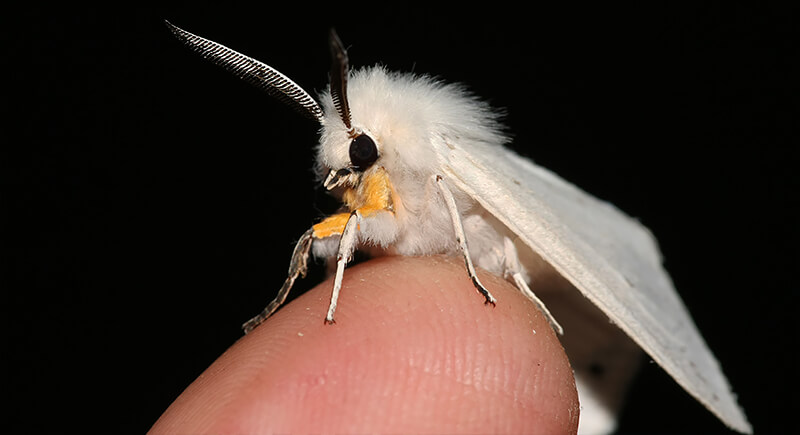
Credit: Wikimedia Commons
The Venezuelan poodle moth, discovered in Venezuela’s Gran Sabana in 2009, still baffles scientists. Its fluffy white coating isn’t fur but layers of microscopic scales. It also has big, marble-like eyes and feathered antennae, which make it look more like a stuffed toy than an insect. Over a decade has passed, yet it remains unclassified in scientific records.
Hornet Moth
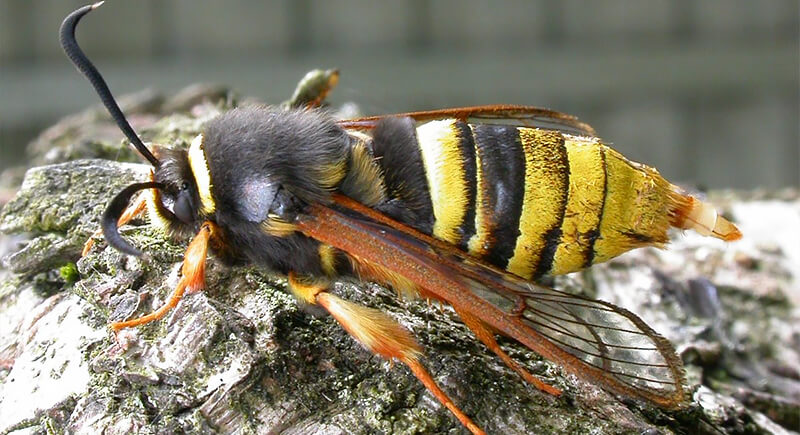
Credit: Wikimedia Commons
At a glance, this European and Asian moth could pass for a hornet. Its yellow-and-black body and see-through wings imitate a stinging wasp so well that most predators don’t risk attacking. Despite the mimicry, it’s harmless. The larvae grow inside poplar trees, feeding unseen while adults patrol the summer air.
African Death’s-Head Hawkmoth
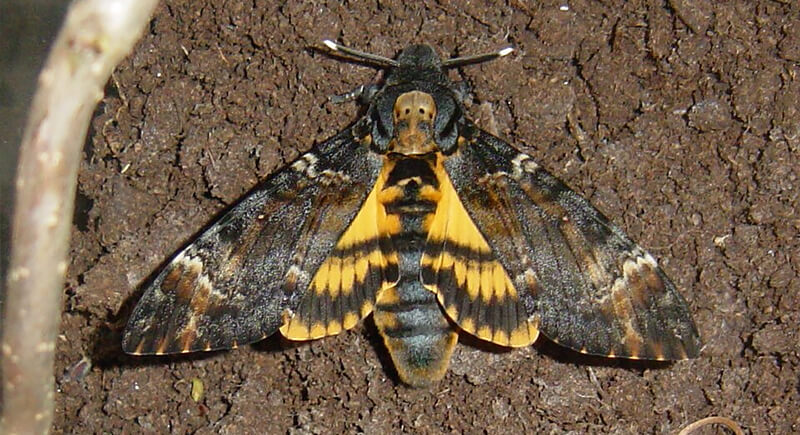
Credit: Wikimedia Commons
This moth is named for the skull pattern on its back, though it behaves as eerily as it sounds. It can squeak by forcing air through its proboscis and even raid beehives to steal honey. It’s native in Africa and the Mediterranean, and gained fame after appearing in the film The Silence of the Lambs.
Madagascan Sunset Moth

Credit: Wikimedia Commons
Once misidentified as a butterfly, this species from Madagascar glows with metallic greens, oranges, and blues. The colors come from light bending through scale layers, not pigment. Feeding on toxic plants gives it protection from predators. When sunlight hits its wings, the shimmer rivals stained glass in motion.
Gangis Moth
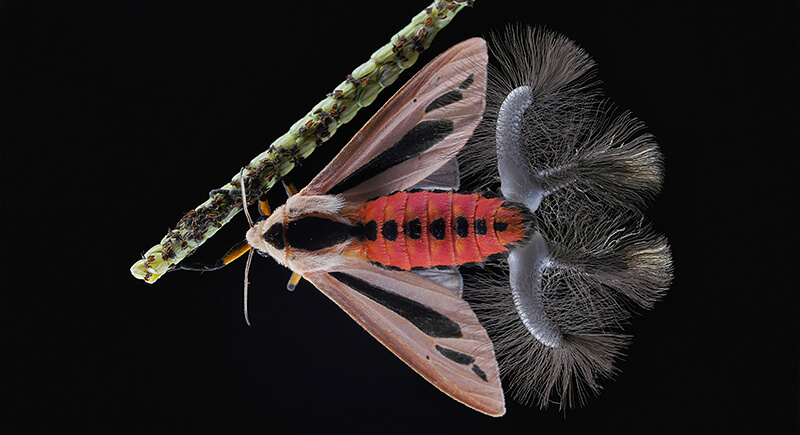
Credit: Wikimedia Commons
Native to Southeast Asia and northern Australia, the male Gangis moth performs one of nature’s strangest courtship rituals. It inflates long, tube-like organs called coremata that extend from its body, releasing pheromones into the air. The display appears unusual, but it signals strength to potential mates during the breeding season.
Rosy Maple Moth
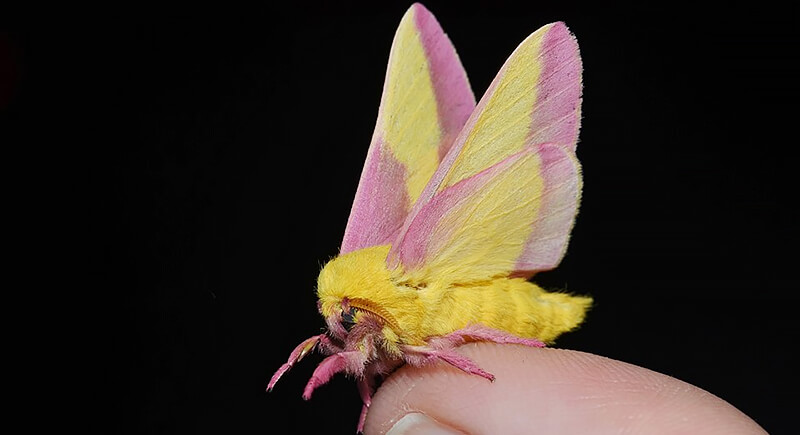
Credit: Wikimedia Commons
This small North American species resembles something that belongs in a candy shop. Its pink and yellow wings give it a playful look, but the moth is surprisingly resilient. It often rests on maple tree bark to blend in with filtered sunlight. The species is common across the eastern United States and Canada.
Dead-Leaf Moth
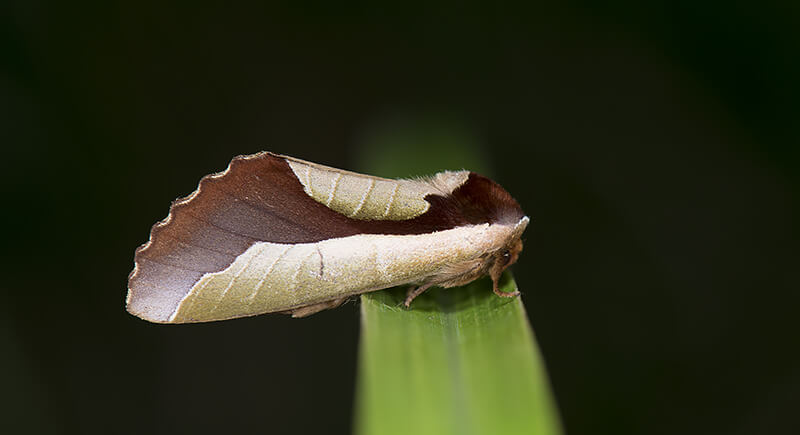
Credit: Wikimedia Commons
The dead-leaf moth, native to East Asia, hides in plain sight by perfectly copying a curled brown leaf. Its wings show fake veins, tears, and edges that appear folded but aren’t. Even up close, it’s easy to mistake it for real foliage. This disguise helps it avoid birds and reptiles.
Macrocilix Maia
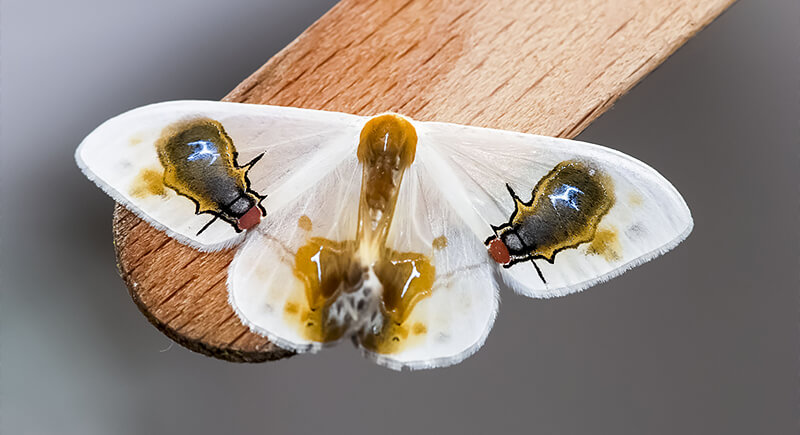
Credit: Wikimedia Commons
This Asian moth bears an uncanny resemblance to bird droppings, complete with two fly-like spots on its wings. It even produces a foul odor that sells the illusion. Predators pass it by without a second glance. The disguise might not be elegant, but it’s one of evolution’s cleverest survival tactics.
Buff-Tip Moth
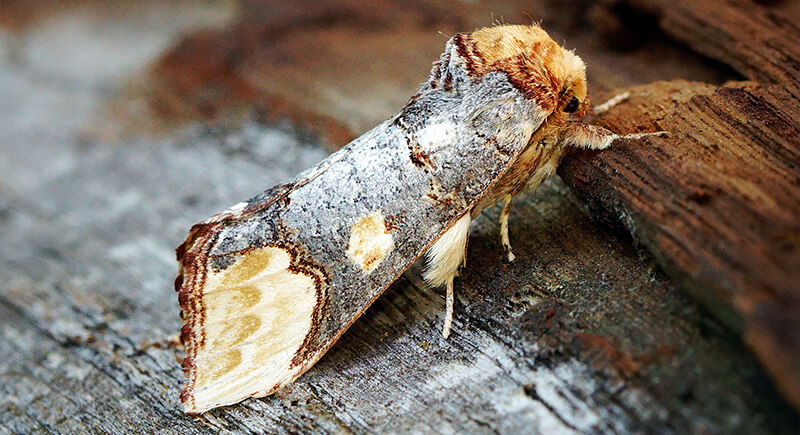
Credit: Wikimedia Commons
In Europe and Asia, the buff-tip moth is almost invisible against the bark of trees. Its gray-brown wings and pale tips make it look like a broken twig. It rests motionless during the day, relying entirely on camouflage. When seen up close, the resemblance to wood is so precise it’s startling.
Owl Moth
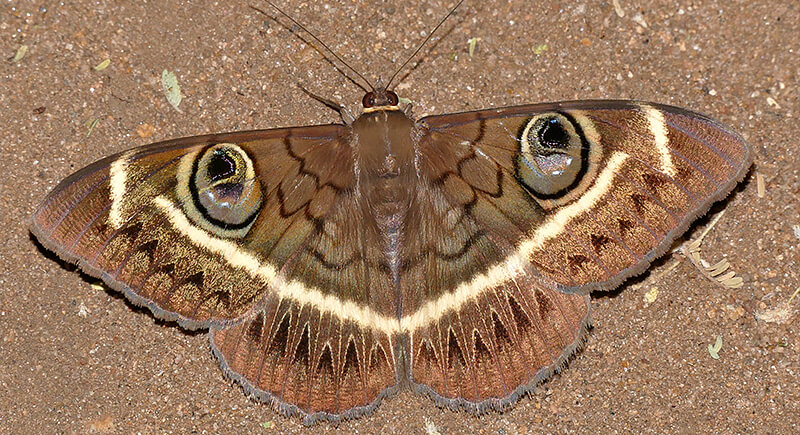
Credit: Wikimedia Commons
The owl moth, found in Asian forests, owes its name to the huge eyespots on its wings. When threatened, it flashes these patterns to mimic an owl’s stare and startle predators. With a wingspan reaching six inches, it’s one of the largest moths in the region and a powerful illusionist.
White Plume Moth
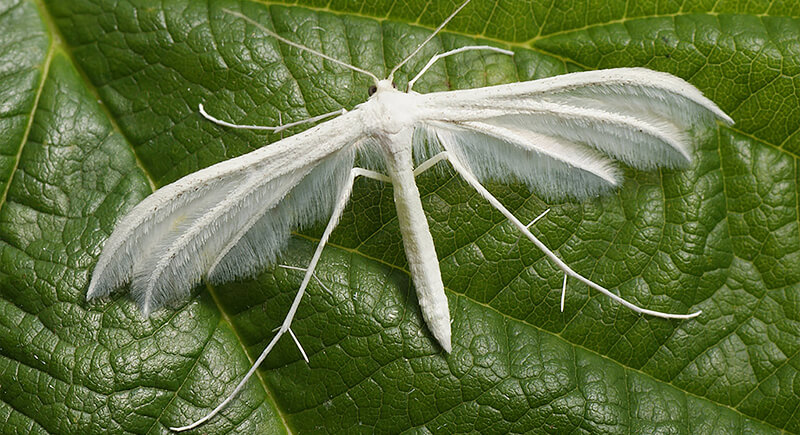
Credit: Wikimedia Commons
This pale, delicate-looking moth breaks its wings into thin, feathery plumes. When resting, it forms a T-shape that’s easy to spot against dark backgrounds but blends into pale grass heads. It’s light enough to hover gently in still evening air and is commonly seen in Europe and North America.
Atlas Moth
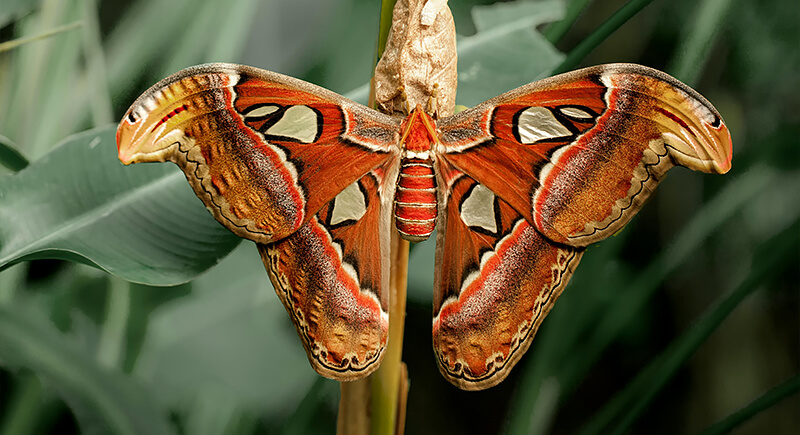
Credit: pexels
The Atlas moth ranks among the world’s largest, with wings stretching more than 9 inches across. Its wingtips resemble cobra heads, a pattern that deters predators. It’s native to tropical Asia, and lives only about a week as an adult since it can’t eat.
Beautiful Wood-Nymph Moth
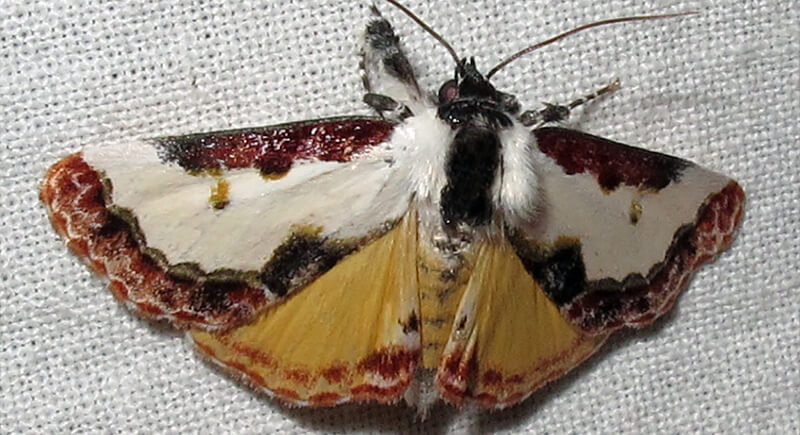
Credit: Wikimedia Commons
The beautiful wood-nymph moth, found in North America, survives by looking like bird droppings. Its white and brown wings fold to form a convincing illusion that predators ignore.
Hummingbird Hawk-Moth

Credit: Wikimedia Commons
This day-flying species moves so fast it’s often mistaken for a real hummingbird. It hovers in front of flowers, beating its wings up to 80 times per second while feeding on nectar. It can be found across Europe, Asia, and North Africa.
Brenthia Moth
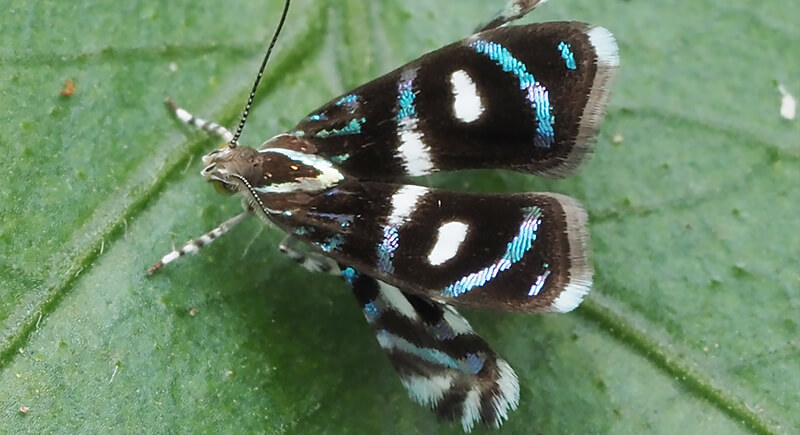
Credit: Wikimedia Commons
Also known as the peacock moth, Brenthia mimics jumping spiders to avoid attack. When danger appears, it raises its wings and jerks its body in short bursts, perfectly copying a spider’s warning dance. The trick works well enough to fool real spiders and keeps this tiny insect alive in hostile habitats.